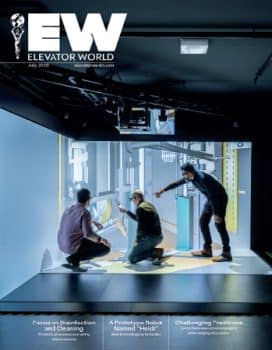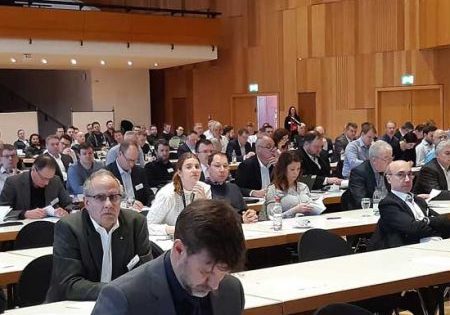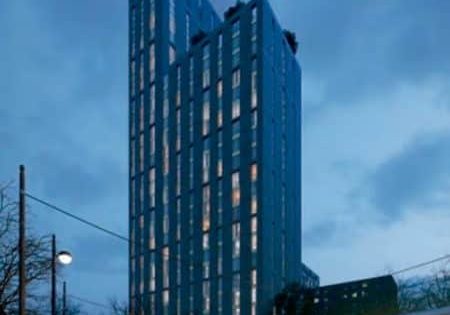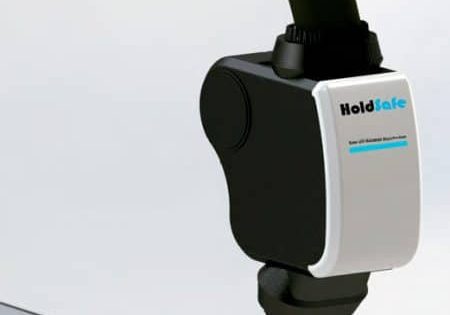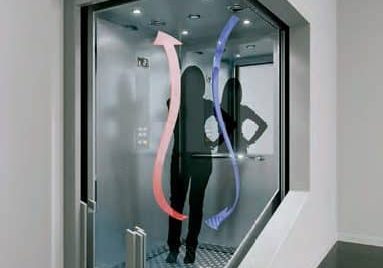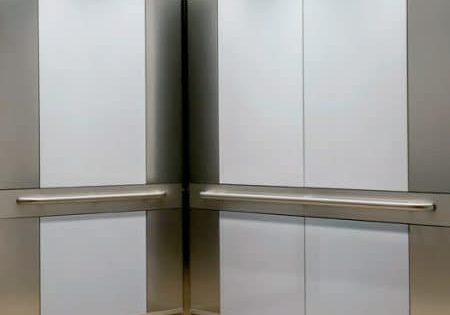An Old Solution With a Modern-Day Twist
Jul 1, 2020
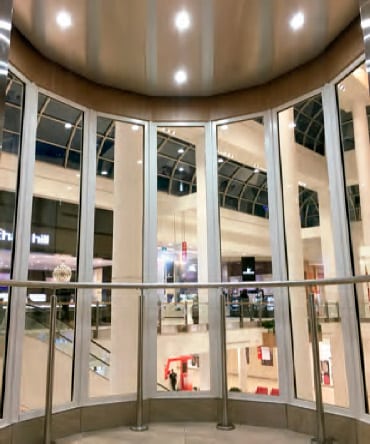
This Product Spotlight describes a copper-alloy application process that can permanently fight microbes in VT applications.
by Gregor Vahramian
We don’t know how long the COVID-19 pandemic will last or when the next biological threat might occur, but it is good to know that the vertical-transportation (VT) industry can be part of both a current and permanent solution to reduce the risk of spreading disease-causing microorganisms. These efforts might be expressed through the words of Warren Buffett, who once said, “Predicting rain doesn’t count; building arks does.”
As a service-driven industry, we are expected to provide solutions and innovation to clients and create both exceptional and safe experiences. These innovations are expected to adhere to certain long-established principles:
- They should contribute to safety, security and peace of mind.
- They should have low maintenance requirements.
- They should be cost-effective, value-driven and optimize lifecycle performance (i.e., have lower system costs, including operation and maintenance and capital expenditure).
- They should work actively and uninterrupted, 24/7.
We know that high-touch surfaces, including elevator handrails, doors, car operating panels (COPs) and hall stations have been identified as reservoirs for the spread of pathogenic microbes[1] that can easily contaminate hands and equipment of tenants, healthcare workers and guests, who, in turn, transmit these pathogens to others. There are a number of potential approaches and methods to kill infectious bacteria on elevator and other high-touch surfaces; however, they each have drawbacks:
- Chemical coatings: Most additives and chemical coatings that claim antimicrobial properties do not kill infectious bacteria. They merely inhibit growth and/or retard odor, staining and surface deterioration caused by the microbes. In fact, in December 2015, healthcare giant Kaiser Permanente banned 13 antimicrobial additives and chemical coatings from its facilities after determining them to be toxic and/or ineffective.
- Coatings containing silver and triclosan: These, along with silane-based additives, do not have Environmental Protection Agency registration to make public-health claims. Research suggests silver-based materials’ effectiveness requires certain strict site conditions to be effective.
- Ultraviolet (UV)-based cleaning: We have seen effective cleaning routines using UV lighting alternatives. However, this requires constant usage and maintenance. In addition, the potential long-term health risks of constant UV lighting on humans are not yet known.
A Permanent Alternative
For thousands of years, copper has been considered the “gold standard” in terms of continuous microorganism-killing characteristics. Copper is naturally antimicrobial, has been rigorously tested by the EPA, and its effectiveness is supported by more than 200 peer-reviewed studies. Copper’s composition provides continuous and persistent bactericidal activity that can last for hundreds of years. And, copper’s rapid “contact kill” property makes it unlikely bacteria will develop resistance.
Copper’s Effectiveness on COVID-19
A U.S. government-funded study conducted by researchers at the National Institutes of Health and Centers for Disease Control and Prevention (CDC) reported that the coronavirus that causes COVID-19 remains viable for up to three days on plastic and stainless-steel surfaces but only up to 4 hr on copper.[2]
“Copper has been used for years,” says Dr. Paul Meechan, a former director of safety at the CDC and president of the American Biological Safety Association. “Copper ions have been used as disinfectants. They’re an effective virucide. It’s one of the reasons why old doorknobs were made of brass (an alloy of copper and zinc).”
Until now, copper’s applicability in elevating has been limited for three main reasons. First, copper tends to oxidize over time. The faded green roofs made from copper sheets, which were once a shiny brown, are not well suited or architecturally appealing in elevator cabs. Second, copper, as a soft metal, does not hold up well for handrails and other structurally sound materials. And, finally, copper products are made entirely of alloy, which can be prohibitively expensive.
VDF Vertical’s CU2 Protect Series takes CuVerro Shield™ by Aereus Technologies, an EPA-registered antimicrobial copper, and applies it in a thin, permanently fused layer onto many types of materal substrates in a patented process. This surface protection delivers continuous and ongoing antibacterial action, remaining effective in killing greater than 99.9% of bacteria within 2 hr and continuing to kill more than 99% of bacteria even after repeated contamination. CuVerro Shield by Aereus Technologies is registered as an antimicrobial copper with the EPA and Health Canada Pest Management Regulatory Agency (PMRA).
Industry research suggests that copper-based materials possess an advantage over other solutions and can be used on virtually all surfaces inside an elevator, including button panels and escalator cladding. Among VDF CU2 Protect products powered by CuVerro Shield by Aereus Technologies’ attributes:
- They have a look and feel similar to stainless steel. Designers and the building owners will see little or no difference.
- Because the products are manufactured utilizing the CuVerro Shield process, application retains the strength of the substrate. This is an important element of the design, ensuring the structural integrity of the cab or fixtures remains intact.
- The process of installing these products — handrails, car operating panels, door skins and returns — is identical to existing practices inside the elevator.
Copper-enhanced surfaces can improve the elevator rider’s experience and safety, while enhancing the reputation of both the building owner and elevator installer. The potential applications for this product are very broad and offer the VT industry a solution to make an immediate positive and permanent impact.
References
[1] Oie, S.; Hosokawa, I.; Kamiya, A. “Contamination of room Door
Handles by Methicillin Sensitive/Methicillin-Resistant
Staphylococcus Aureus.” Journal of Hospital Infection, 2002;51:140–
143 (2002).
[2] Doremalen, N.V.; Bushmaker, T.; Morris, D.H.; et al. “Aerosol and
Surface Stability of HCoV-19 (SARS-CoV-2) Compared to SARSCoV-
1.” New England Journal of Medicine (2020).
[3] www.usatoday.com/in-depth/news/2020/03/25/coronavirus-surviveson-
metal-plastic-cardboard-common-objects/2866340001
Get more of Elevator World. Sign up for our free e-newsletter.

